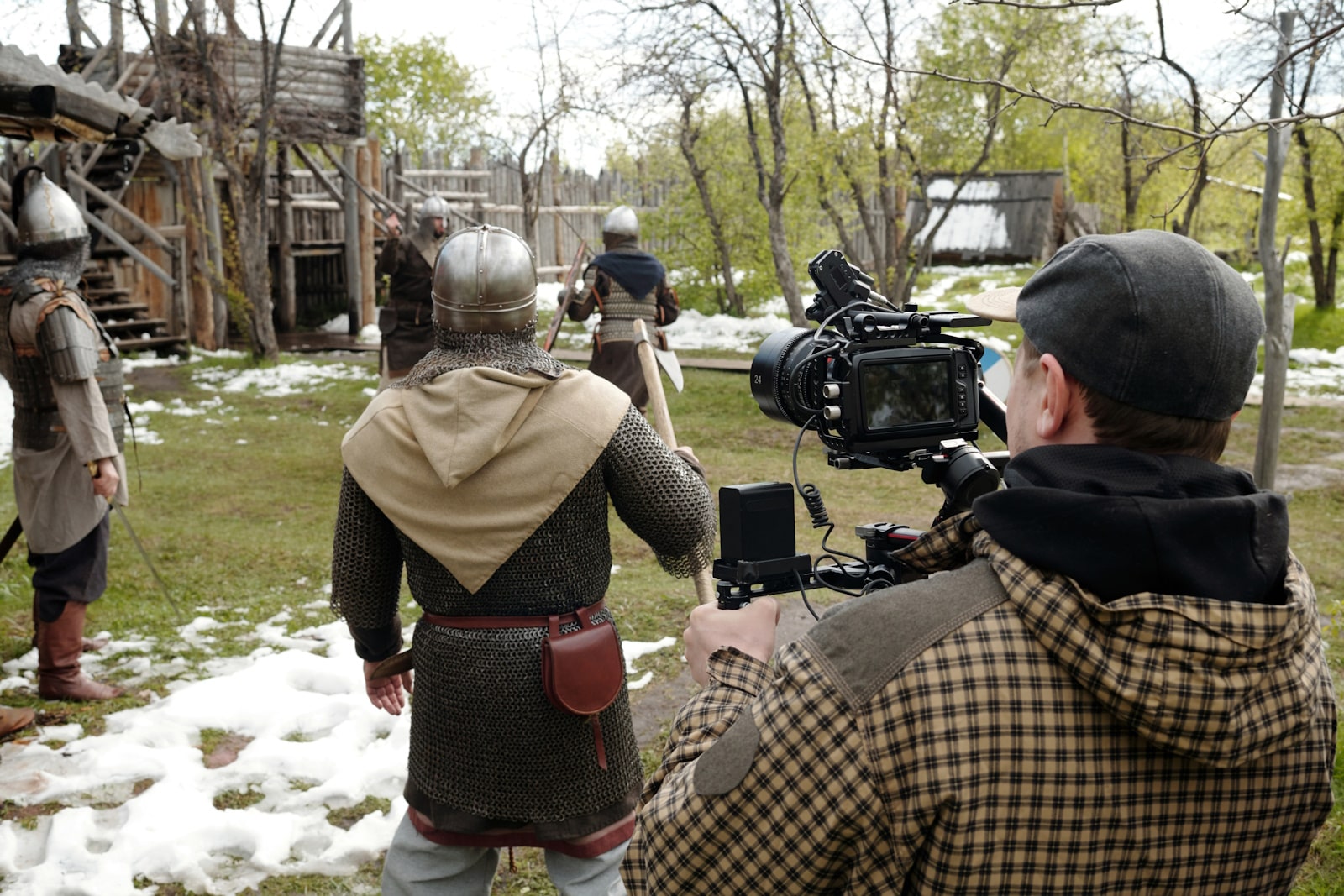
Multi-Cam Shoots in Unpredictable Areas: Video Production Firms
South Africa’s diverse landscapes—from the rugged Drakensberg Mountains and expansive bushveld to the pristine coastlines and vibrant urban centres—offer unparalleled backdrops for video production. However, these environments also present unique challenges. For video production firms aiming to excel in multi-camera outdoor shoots, meticulous planning and adaptability are paramount.
Site Scouting in Variable Terrains
Effective location scouting is foundational. Evaluating potential sites involves assessing accessibility, natural lighting, and potential obstructions. In mountainous regions, consider elevation and terrain stability; in bushveld areas, account for vegetation density and wildlife activity; coastal locations demand attention to tides and wind patterns; urban settings require permits and awareness of pedestrian and vehicular traffic.
Engaging local experts can provide invaluable insights. For instance, organisations like the Gauteng Film Commission offer resources for location scouting, assisting video production firms in navigating the complexities of diverse terrains.
Weatherproofing Your Gear
South Africa’s climate can be unpredictable, with sudden changes posing risks to equipment. Protecting cameras and audio gear from dust, wind, rain, and intense sunlight is essential. Utilise weather-resistant covers and enclosures to shield equipment. Employing silica gel packs in camera bags can help manage humidity and prevent condensation.
Regular maintenance, including inspecting seals and cleaning lenses, ensures longevity and performance of gear under harsh conditions.
Synchronisation Strategies for Multiple Cameras
Synchronising multiple cameras is vital for seamless post-production. Implementing timecode syncing allows for precise alignment of footage, reducing editing time and ensuring consistency. In the absence of timecode capabilities, video production firms can employ traditional slating methods, though they may be less efficient. Ensuring all cameras are set to the same frame rate and time settings is a basic yet crucial step for synchronisation.
Power Supply in Remote Areas
Remote locations often lack reliable power sources, necessitating alternative solutions. High-capacity battery packs are essential, providing portability and ease of use. For extended shoots, mobile power generators offer a practical solution, ensuring continuous power supply. Additionally, off-grid power systems like the PowerBox provide a comprehensive setup, combining solar and wind energy to meet various power needs.
Audio Capture Across Multiple Angles
Capturing consistent audio in outdoor environments requires strategic planning by video production firms. Utilising directional microphones, such as shotgun or cardioid mics, can help isolate desired sound sources and minimise ambient noise. Implementing windshields and positioning microphones strategically enhances audio quality. Regular monitoring and adjusting of audio levels ensure clarity and consistency across all camera setups.
Director Communication Systems
Effective communication among crew members is critical, especially in expansive outdoor settings. Wireless communication systems, including IFB (Interruptible Foldback) setups, facilitate real-time coordination. These systems enable directors to provide immediate feedback and instructions, ensuring synchronisation and efficiency during shoots. Investing in reliable communication tools enhances overall production quality.
Environmental Permits and Legal Constraints
Filming in South Africa’s protected areas requires adherence to environmental regulations. The National Environmental Management: Protected Areas Act mandates obtaining permits for activities within national parks and reserves. Engaging with relevant authorities early in the planning process ensures compliance and prevents legal complications. Video production firms must respect local guidelines to preserve the integrity of natural sites.
Contingency Planning for Unpredictability
Unforeseen challenges such as weather changes, equipment failure, or public interference can disrupt production schedules. Developing comprehensive contingency plans is essential. These plans should include alternative locations, backup equipment, and flexible scheduling. Allocating resources for emergencies ensures resilience and adaptability, enabling video production firms to navigate uncertainties effectively.
Conclusion
Mastering multi-camera shoots in South Africa’s unpredictable outdoor locations demands meticulous preparation, adaptability, and a deep understanding of the environment. By implementing the strategies outlined above, video production firms can overcome challenges and deliver high-quality content that captures the essence of South Africa’s diverse landscapes.
At Sound Idea Digital, we specialise in navigating the complexities of video production. Our experienced team is equipped to handle the unique demands of multi-camera shoots across South Africa’s varied terrains. Contact us to learn how we can bring your vision to life with precision and creativity.



